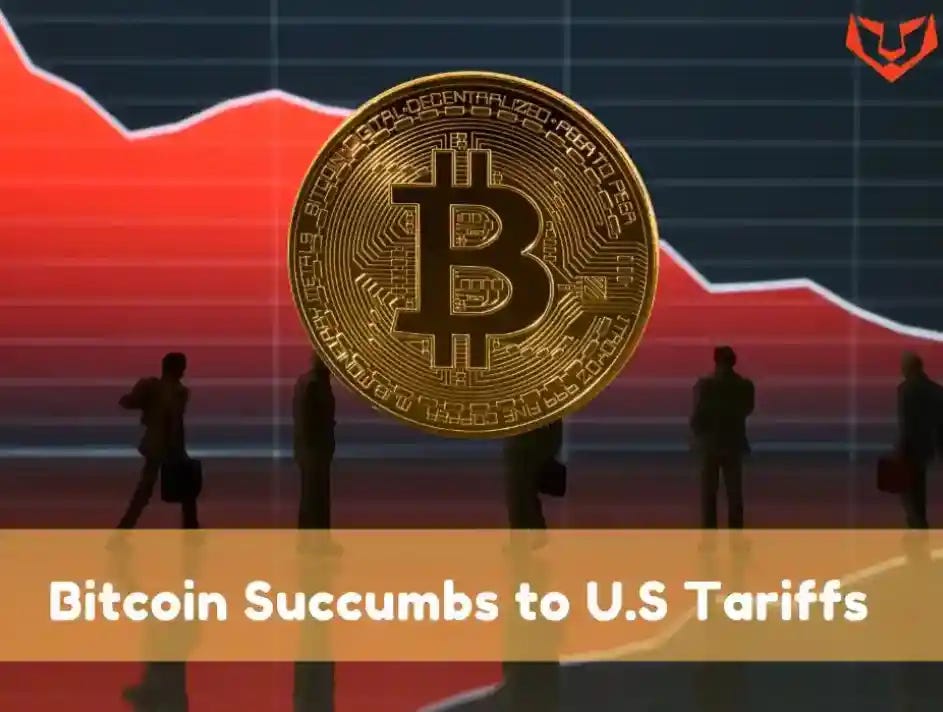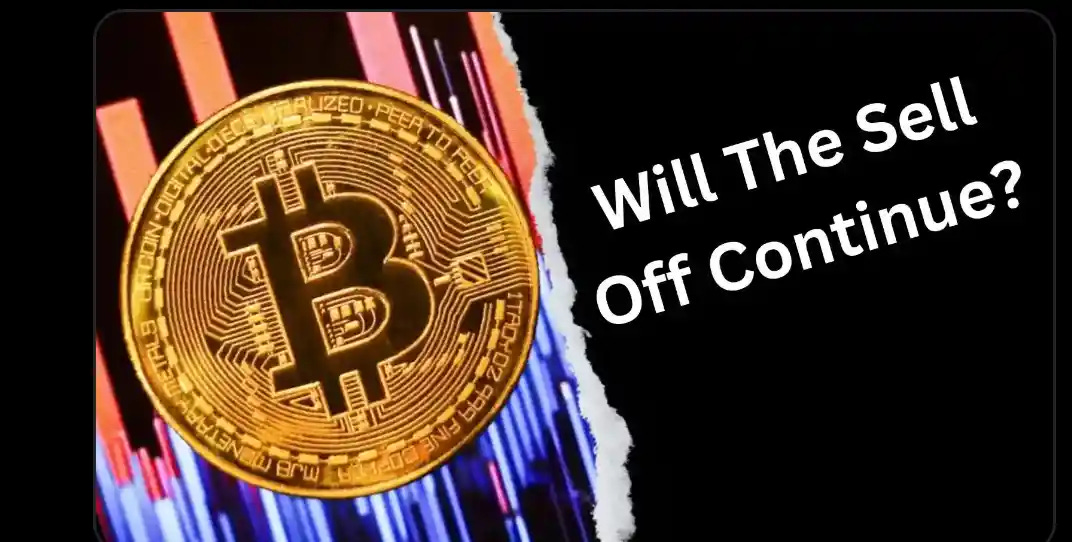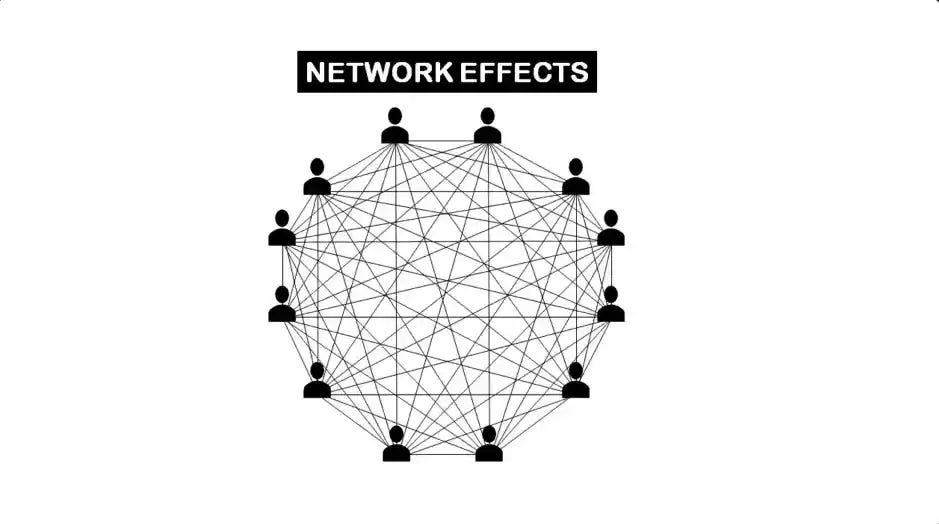|
Friday, February 28, 2025
ClankApp - BTC - 235,426,910 $ just move.
ClankApp - BTC - 235,442,110 $ just move.
|
Preference center link
|
Preference center link
|
Will The Sell Off Continue?
Welcome to The Daily Leo! We pull the best articles in Finance, Crypto news, and Hive/Leo into one condensed information-packed space. Be sure to follow @thedailyleo so you never miss the Daily LEO. You can also subscribe to the newsletter here Subscribe to the Daily LEO Bitcoin Succumbs to US TariffsU.S. tariffs under President Trump have triggered market turbulence, causing a 7.7% drop in Bitcoin and a broader crypto selloff. While the tariffs strengthened the U.S. dollar, uncertainty in global markets grew due to Trump's inconsistent messaging. Bitcoin fell below $80,000 for the first time since November 2024, disappointing investors expecting favorable regulations. Some speculate Trump may be using tariff threats to curb inflation rather than implementing them fully. Markets remain cautious, awaiting further developments. Will The Sell Off Continue?Bitcoin briefly dipped below $80,000 before rebounding, but uncertainty remains over whether this is a real recovery. The upcoming 25% tariffs on Canada and Mexico could trigger another decline, though some believe it's already priced in. Despite apparent efforts to suppress crypto prices, institutions continue accumulating assets. The Fear and Greed Index signals extreme fear, suggesting a buying opportunity before a rebound. Investors await key legislation that could bring institutional liquidity, benefiting Ethereum as banks adopt stablecoin-backed tokens and increase staking activity. ArcadeColony NFT DRIVE: SPARK & SURGE Market Analysis. The post discusses the Moon Karts game and the ArcadeColony NFT market, specifically focusing on the DRIVE platform and its key components, SPARK and SURGE. These NFTs, currently priced at $0.44, have nearly equal script values, making them an interesting trading opportunity. The post highlights the volatility of the NFT market, emphasizing how demand, transaction volume, and market trends influence price fluctuations. It also stresses the importance of strategy, past investment analysis, and timely decisions for success. The future value of SPARK and SURGE remains uncertain, but they present potential opportunities for traders. The Network Effects of the US DollarThe post highlights the resilience of the US dollar, emphasizing its dominance through digital finance and network effects. While some predicted its decline, stablecoins are actually expanding its reach. Currency now functions primarily as digital data, with the US dollar having the most extensive global network. Stablecoins like USDT and USDC, already handling trillions in transactions, will grow further as commercial banks enter the space. This will create a system where USD-denominated stablecoins operate outside traditional banking, strengthening the dollar’s network effects even more. InLEO is a blockchain-based social media platform for Crypto & Finance content creators. Our tokenized app allows users and creators to engage and share content on the blockchain while earning cryptocurrency rewards. Thanks for reading The Daily LEO! Subscribe for free to receive new posts and support my work.
The Daily LEO is free today. But if you enjoyed this post, you can tell The Daily LEO that their writing is valuable by pledging a future subscription. You won't be charged unless they enable payments. © 2025 LeoFinance |
The Upside-Down Options Summit is right around the corner
Come see the brand new setup that's gone 15 trades unbeaten If you still haven't saved your seat for the Upsid...

-
PLUS: Dogecoin scores first official ETP ...
-
Hollywood is often political View in browser The Academy Awards ceremony is on Sunday night, and i...
 Transaction alert for BTC
Transaction alert for BTC






